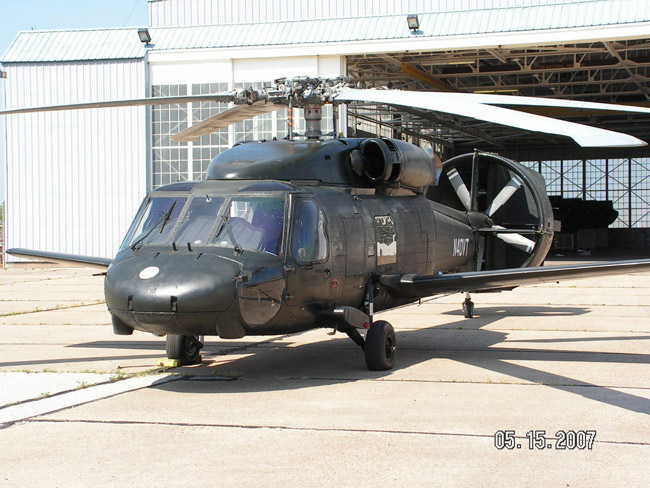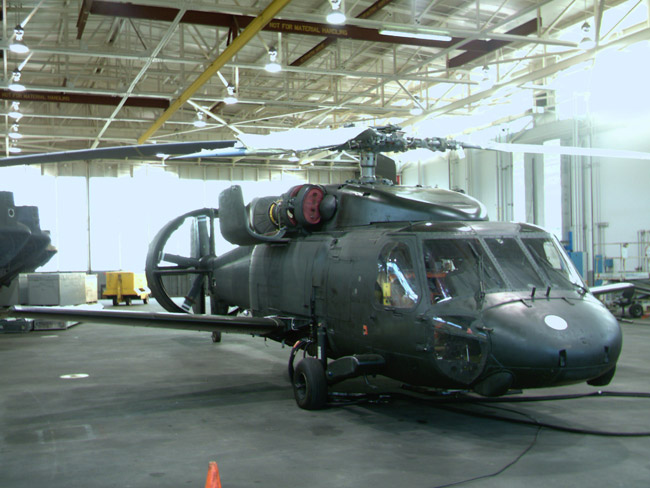Pictures: http://news.bbc.co.uk/2/hi/americas/6920156.stm
The 2 involved choppers are NI23TV and N215TV
Two news helicopters covering a police chase on live television collided and crashed to the ground Friday, killing all four people on board in a plunge that viewers saw as a jumble of spinning, broken images.
Both helicopters went down in a park in central Phoenix and caught fire. No one on the ground was hurt.
TV viewers did not actually witness the accident because cameras aboard both aircraft were pointed at the ground. But they saw images from one of the helicopters break up and begin to spin before the station abruptly switched to the studio.
Television station KNXV reported that it owned one of the choppers. The other was from KTVK. A pilot and photographer aboard each chopper were killed.
KNXV reporter Craig Smith, who was among the dead, was reporting live as police chased a man driving a construction truck who had fled a traffic stop and was driving erratically, hitting several cars and driving on the sidewalk at times.
Police had blown the truck’s tires, and the man eventually parked it, then carjacked another vehicle nearby.
As police closed in, Smith said, “Oh geez!”
After the picture broke up, the station switched to the studio and then briefly showed regular programming, a soap opera, before announcing that the helicopter had crashed.
The two choppers came down on the grass lawn in front of a boarded-up church at the park. Firefighters swarmed to the area as thick black smoke rose from the scene.
Mary Lewis said she was stuck in traffic with her four grandsons and was watching the helicopters. She turned to talk to the children, then saw a fireball in the air when she looked up again.
“I looked up and I see this ‘boom,’ and I see one of the helicopters coming down, and I said ‘Oh my God,'” Lewis said. She said she went to the crash site to help, but there was nothing she could do.
“It’s nothing there,” Lewis said. “Just burned-up stuff.”
FAA spokesman Ian Gregor said the FAA is reviewing air traffic control tapes to see if pilots were talking to controllers at that time.
“Typically air traffic controllers clear helicopters into an area where they can cover a chase like this,” Gregor said. “Once they are in the area, the pilots themselves are responsible for keeping themselves separated from other aircraft.”
Killed on board the KTVK chopper were pilot Scott Bowerbank and photographer Jim Cox. Smith and photographer Rick Krolak were aboard the KNXV-TV aircraft, the stations reported.
Barbara Cochran, president of the Radio-Television News Directors Association in Washington, said the association does not track fatalities among helicopter news pilots, but she could not recall another example of two news choppers colliding while covering a story.
“The news directors at the stations are members of our association, and our heart really goes out to them in a situation like this,” she said. “These pilots, they are very professional. They combine the skills of pilots and skills as journalists. It’s something that’s very, very sad.”
The suspect in the police pursuit eventually jumped from the truck and was barricaded in a home, authorities said. A SWAT team was preparing to go in to arrest the suspect.


